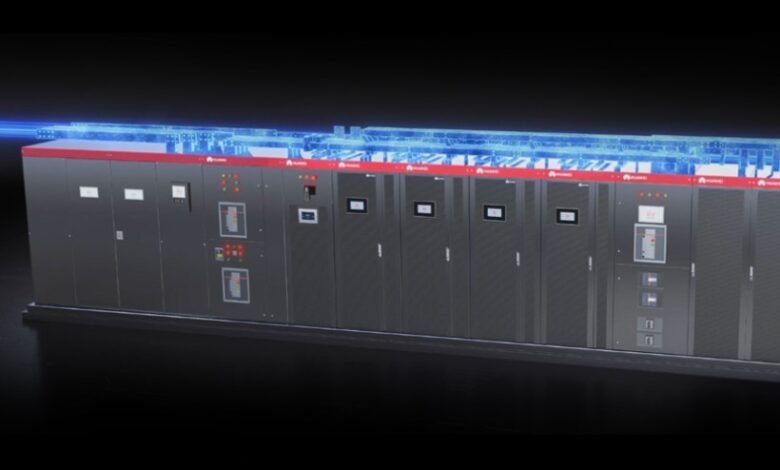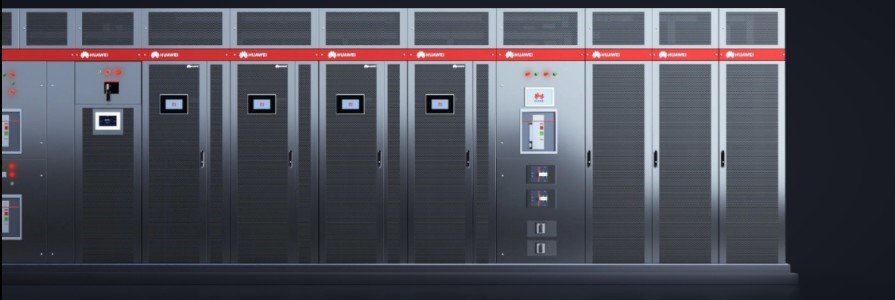How to Size a UPS for Your Power Requirements?

Sizing a UPS right guarantees that your equipment remains operational during power outages. A mismatch between power demand and UPS capacity may result in overload, downtime, or system failure. Whether you’re supporting a home office, a data center, or important industrial equipment, you must precisely evaluate the needed load, runtime, and expansion potential. Choosing an uninterruptible power supply is more than simply purchasing the largest unit; it’s about matching the proper system to your specific requirements. Proper UPS size protects critical equipment, ensures operational continuity, and avoids expensive interruptions. With so many models available, knowing critical size criteria ensures that your investment lasts for the long run. Let’s go over the steps involved in selecting the best UPS for your needs.
What Factors Determine the Right UPS Size?
Understanding Power Ratings: Watts vs. VA
Watts and VA (volt-amperes) are typical UPS parameters; however, they are not interchangeable. Watts quantifies actual power—the energy utilized by equipment—whereas VA represents perceived power, which includes both working and non-working power. Many products show their power usage in watts; however, UPS systems are normally rated in VA. This is significant since the difference between them influences the efficiency of your system. If a gadget draws 800 watts while the UPS is rated at 1000 VA, the power factor is 0.8. To ensure appropriate sizing, always verify your devices’ watt and VA ratings. High-quality UPS products clearly display watt/VA ratios, making it easy to match them to various power profiles.
The Role of Power Factor in UPS Sizing
The power factor is the ratio of actual power (watts) to perceived power (VA). It shows how effectively electricity is utilized. Most current UPS systems have a high power factor, generally close to one, indicating that they supply power more effectively. A power factor of 0.9 or higher means that your UPS can manage a greater actual load per unit of VA. When sizing a UPS, always consider the power factor of both the load and the UPS itself. Failure to address this might result in underpowered systems or excessive oversizing, wasting money and energy. To ensure precise matching, use devices that explicitly reveal their power factor.
See also: Modern Innovations in Floor Cleaning Technology
Importance of Runtime and Battery Capacity
Runtime is a critical factor in maintaining operations and preventing sudden outages, especially for enterprise-grade systems like the HUAWEI FusionPower6000, which supports scalable battery options. UPS units come with a variety of battery configurations, and higher-capacity models often support modular expansion. When sizing, consider how long you need your devices to run during power failures, then choose a UPS that supports that duration at full load. Runtime is the amount of time the uninterruptible power supply can support your load during an outage, and it depends on both the battery capacity and the connected load.

How to Calculate Your Total Power Load
Listing and Assessing Connected Devices
Start by listing every piece of equipment that the UPS will be able to handle, including servers, routers, storage systems, and monitors. Verify the power consumption of each device, which is often listed on the nameplate or in the manual in watts or amps. If available, note both peak and idle use. To get your total load demand, add the wattages of all connected devices. Don’t guess in mission-critical situations. To get data in real time, use power meters. A compatible UPS ensures that your systems stay safe and effective. An organized inventory prevents undersizing, which might lead to system overloads, and helps determine the amount of capacity needed.
Converting Amps to Watts: The Formula
If your equipment specifies power usage in amps, convert it to watts. Use the formula Watts = Amps × Volts. For single-phase devices, multiply the amps by the standard voltage (often 120 or 230 volts). For three-phase loads, use the formula Watts = √3 × Amps × Volts × Power Factor. This step guarantees that your UPS selection is based on actual power requirements rather than approximate guesses. Always double-check voltage ratings and use the appropriate calculation for your power phase. Incorrect conversions may lead to inadequate UPS size and an increased risk of overload during power surges. To achieve precise load calculation, use reputable instruments or confer with specialists.
Adding a Safety Margin for Future Expansion
Always include a safety buffer (usually 20-30%) in the overall estimated load. This includes future device additions, unanticipated surges, and updates. Without this buffer, your UPS may function at full capacity, limiting its efficiency and longevity. Modular solutions work well in scalable contexts. One example is the HUAWEI FusionPower6000, which lets you increase power and battery capacity as your requirements change. Future-proofing your UPS system is an affordable solution to assure long-term dependability. Don’t only size for today; think about your growth in the future 3-5 years. This proactive action eliminates early obsolescence and safeguards investments in both power protection and key hardware.
Conclusion
Choosing the appropriate UPS size is not a guessing game; it is a systematic procedure. You must understand your equipment’s power consumption, determine your runtime requirements, and plan for future growth. Always go beyond watts and VA; consider power factor, battery capacity, and future expansion plans. A reliable, uninterruptible power supply provides the flexibility, efficiency, and scalability to meet diverse demands. By correctly sizing your UPS, you not only protect your equipment but also enhance energy efficiency and lower operational hazards. Take the time to determine your entire load, use the appropriate calculations, and prepare ahead. A properly sized UPS is a wise investment that guarantees your systems remain operational when it counts most.





